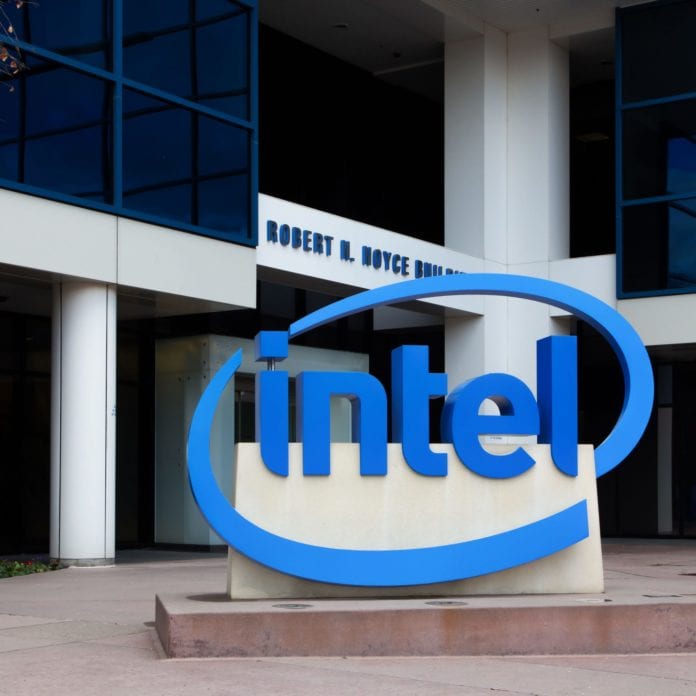Intel PC, IoT, data center, memory businesses all up
This week Intel reported what Interim CEO and CFO Bob Swan characterized as an “outstanding” Q2 marked by revenue growth across all PC and data-centric business units. He said the company expects a record-setting 2018 marking a third consecutive year of “record financial performance.”
Swan attributed the performance to a plan set in motion five years ago and designed to reinforce the company’s core microprocessor business while expanding reach into new market in support of “insatiable demand to process, store and move data…And we have lots of room to grow. Data has never been more pervasive or more valuable.” He called out how in the five-year period, revenues from the data-centric business units went from one-third of total to more than half of total and are growing at a double digit rate.
Swan said a consistent focus on cloud, network transformation and artificial intelligence (AI) and analytics is paying off with cloud revenue growth coming from both service provider investment in virtualization ahead of 5G and enterprise adoption of hybrid cloud solutions and data-intensive workloads.
Intel reported $17 billion in Q2 2018 revenue up from 15% from the same quarter last year. Operating income was up 37% year-over-year to $5.3 billion for the quarter. For the PC, data center, internet of things (IoT), memory and programmable solutions business groups, revenue was up 6%, 27%, 22%, 23%, and 18% respectively. Click here for a detailed breakdown of the company’s quarterly financials.
Intel executives noted that 10-nanometer client and data center CPUs are tracking for scaled release in the second half of 2019, and stressed the positive competitive outlook for its 14-nanometer products. Despite reassurances, industry analysts regard the 10-nanometer timeline as a risk.
While Intel is looking at another year, “Rivals Taiwan Semiconductor have finally caught up and are enabling Advanced Micro Devices, Nvidia and Xilinx to potentially leapfrog,” according to Bank of America analysts.
Stacy Ragson of Bernstein wrote, “It is now crystal clear that 10-nanometer servers will not be here until sometime in 2020 (not a surprise to us, but we believe some investors had held out hope). This will naturally fuel the AMD narrative, who will be delivering 7nm Rome products in 2019, competing against Intel’s Cascade Lake (14nm) on a process that will not be just at parity, but superior.”
Intel Chief Engineering Officer Murth Renduchintala, in response to questions regarding 10-nanometer, said “There’s risk and a degree of delay,” but, “We’re very pleased with the resiliency of our 14-nanometer roadmap. We’ve delivered in excess of 70% product performance improvement. As we look at 2019 across both the client and data center space, we feel very good about the product competitiveness.”

